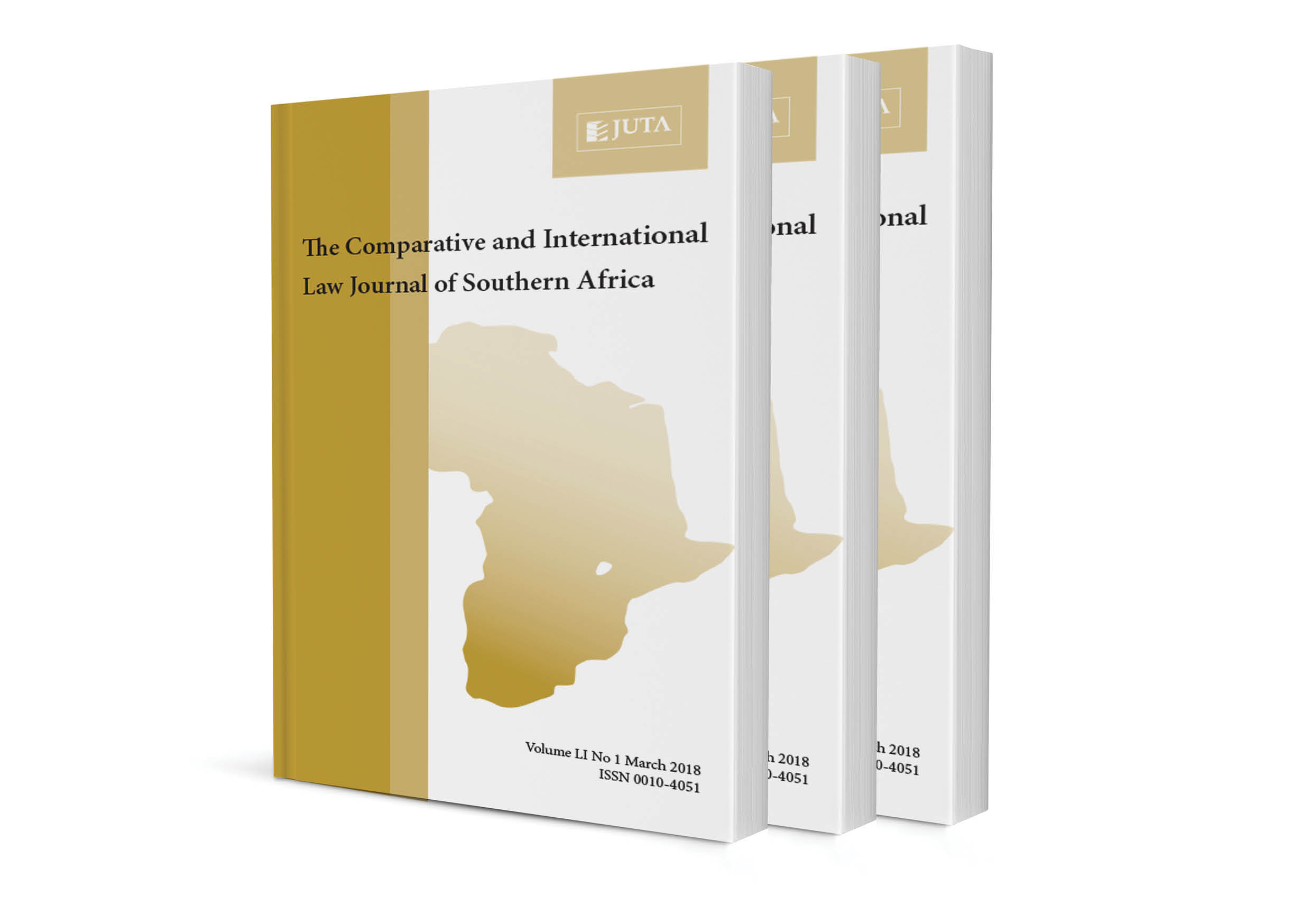Comparative Exposition of Judicial Interventionism in the Enforcement of the Healthcare Right in Nigeria and India

Comparative Exposition of Judicial Interventionism in the Enforcement of the Healthcare Right in Nigeria and India
Authors Ibrahim Imam & Wahab Egbewole
ISSN: 2522-3062
Affiliations: Associate Professor, University of Ilorin, Faculty of Law, Department of Public Law, Nigeria; Professor, University of Ilorin, Faculty of Law, Department of Jurisprudence and International Law, Nigeria
Source: Comparative and International Law Journal of Southern Africa, The, Volume 53 Issue 1, p. 116 – 151
Abstract
The significance of health to national life has made successive governments in Nigeria and India design certain fundamental policies to regulate, control and guide healthcare service delivery. Since the incorporation of fundamental human rights into the two countries’ constitutions, the healthcare right has appeared as one of the fundamental objectives and directive principles of state policy. This requires governments to put in place policies geared towards implementing these obligations. However, regarding economic and social rights, the Nigerian judiciary has generally played a restrictive or a rather passive role in their enforcement. In contrast, Indian courts have employed a much more pragmatic approach to implementing economic and social rights. The problem with these rights is that judicial intervention resulting from a violation of the healthcare right remains a challenge because section 6(6)(c) and article 35 of the Nigerian and Indian constitutions, respectively, make economic and social rights non-justiciable. The article makes a comparative analysis of the practice in Indian and other jurisdictions in order to justify the possibility of embracing the enforceability of the rights, having regard to the link between economic and social rights and civil and political rights in Nigeria. By drawing on judicial synergy, this article suggests a legislative intercession to bring health rights within the enforceable rights by taking advantage of section 13 and item 60 of the Nigerian Exclusive Legislative List. In addition, the author recommends that the relevant international conventions signed by the country should be domesticated.